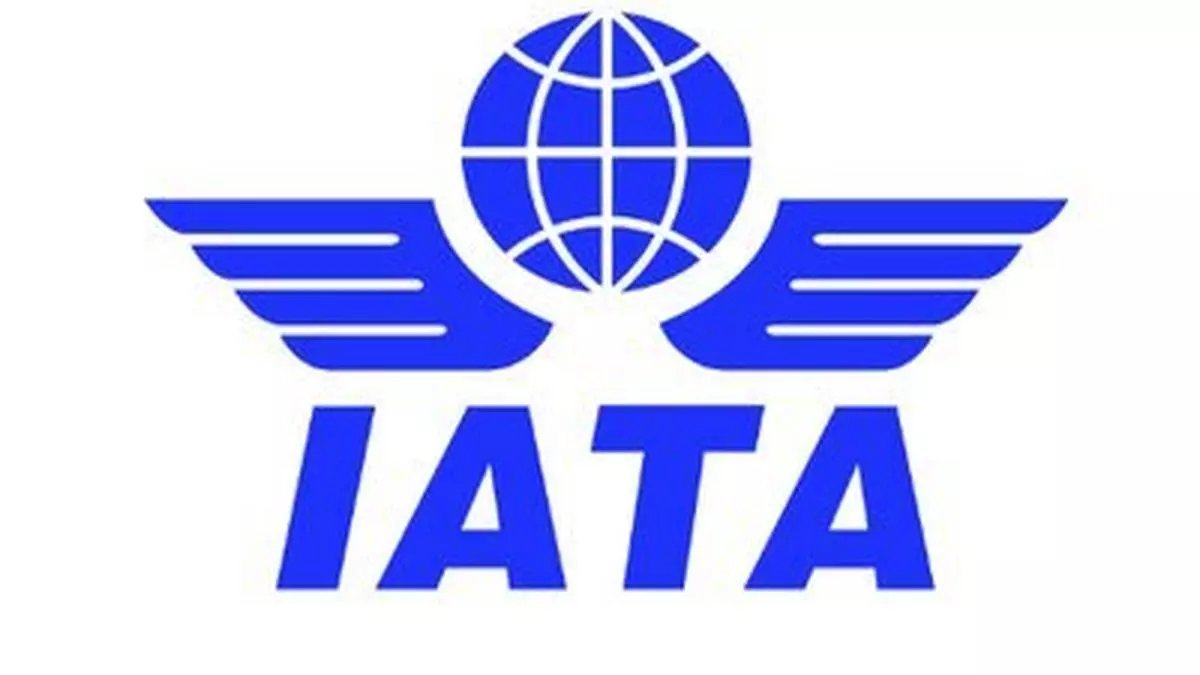Among 109 climate-resilient varieties released by Prime Minister Narendra Modi recently, one rice variety – Gayatri sub1 or CR Dhan 810 — has been developed with flood-tolerant quality, having 155-160 days duration. The gene to make it flood-tolerant has been originally taken from a traditional variety, Dhalaa Putia, of Odisha which is no more in cultivation.
“There is a need to undertake a special project-based research with adequate funding to identify India’s traditional rice varieties, which are no more in cultivation but their germplasm are preserved. If research can be done only on those varieties, India can provide the best climate-resilient rice plants with highest productivity in the world,” said a former top agriculture scientist.
He said that several of these varieties could have some important traits which can be mapped using selection and molecular markers and the required gene from those types can be introgressed in new supporting types of rice to get the best variety.
SK Pradhan, an additional Director-General in Indian Council of Agricultural Research (ICAR) — the main breeder to develop CR Dhan 810 — said that it was in trials for 3-4 years before it is released now.
“There is a popular rice variety called Gayatri grown mainly in coastal Odisha, which earlier was not flood-tolerant and farmers used to incur losses if there is a flood anytime during its duration of over 150 days. So, it was felt to make it tolerant to flood and now Gayatri sub 1 (CR Dhan 810) has been developed,” said Pradhan, who was earlier a principal scientist at Cuttack-based National Rice Research Institute (NRRI).
Yield and crop cycle
Highlighting that the productivity could be 6 tonnes per hectare in normal condition, he said the good point is the maturity will come at a fixed time after flowering around November first week even if it is transplanted a few days late. So, if 155-160 days duration will provide normal yield, it will have lower productivity if the paddy gets matured in 140 days, he added.
CR Dhan 416 and CR Dhan 108 are two other varieties also developed by NRRI and released by the Prime Minister on August 11.
Other varieties
Besides, a variety called CSR 101, developed by ICAR’s Central Soil Salinity Research Institute, Karnal (Haryana), that is suitable for irrigated alkaline/saline stress areas has been released. It has a yield potential of 3.5 tonnes/hectare (alkaline stress), 3.9 tonnes/ha (saline stress) and 5.6 tonnes/ha (normal condition) having a maturity of 125-130 days.
The government has also released three rice varieties — all climate-resilient and developed by Hyderabad-based Indian Institute of Rice Research. One such variety named DRR Dhan 73 is suitable for Karnataka, Odisha and Telangana and another DRR Dhan 74 is best suited for Karnataka, Maharashtra, Telangana, Jharkhand and regions with phosphorous deficit soil. There is also DRR Dhan 78, released for Karnataka and Telangana, and is suitable for irrigated and rain-fed shallow low land areas for both kharif and rabi seasons having a yield potential of 5.8 tonnes/ha (under normal conditions) with 120-125 days maturity.




